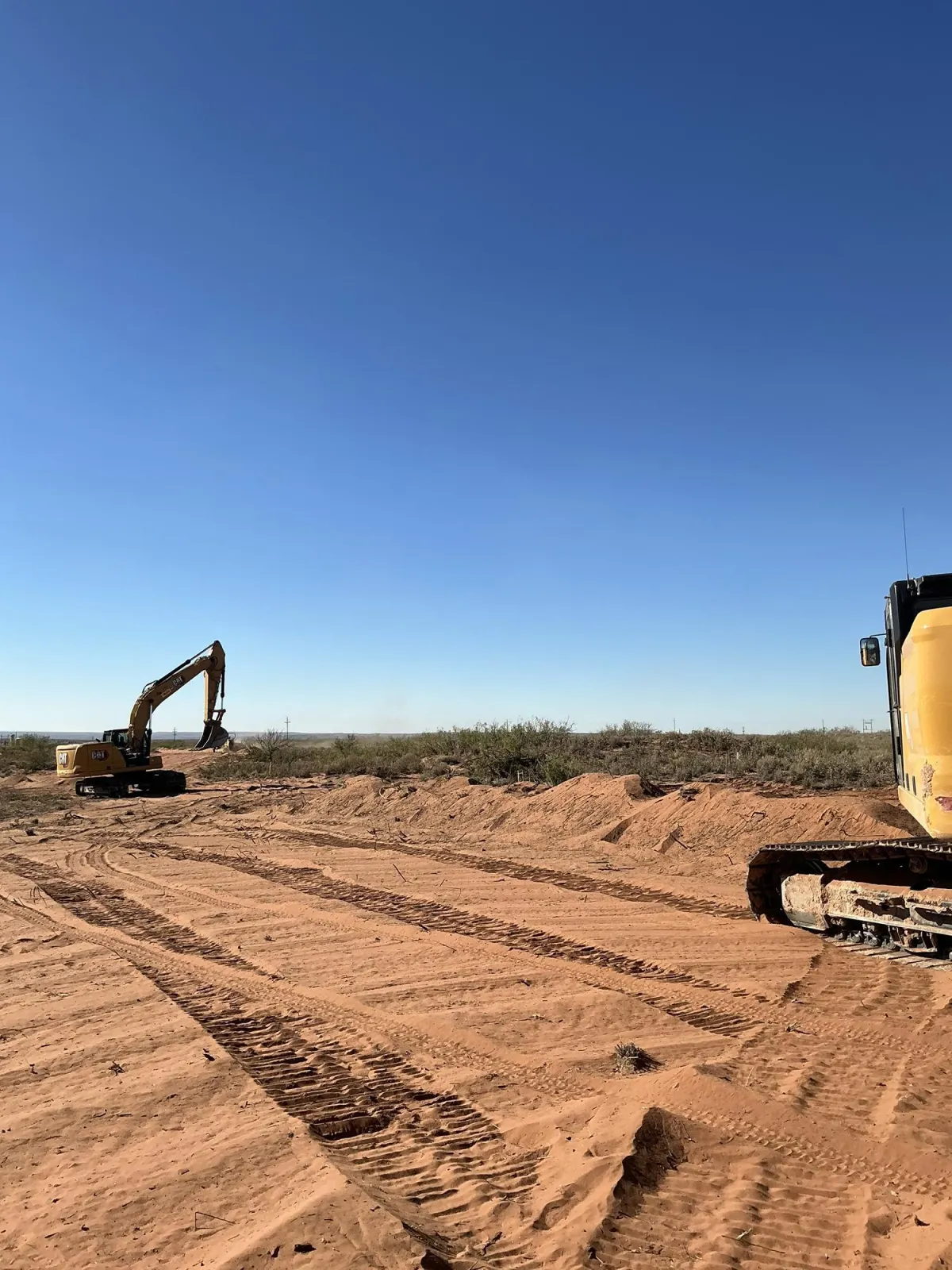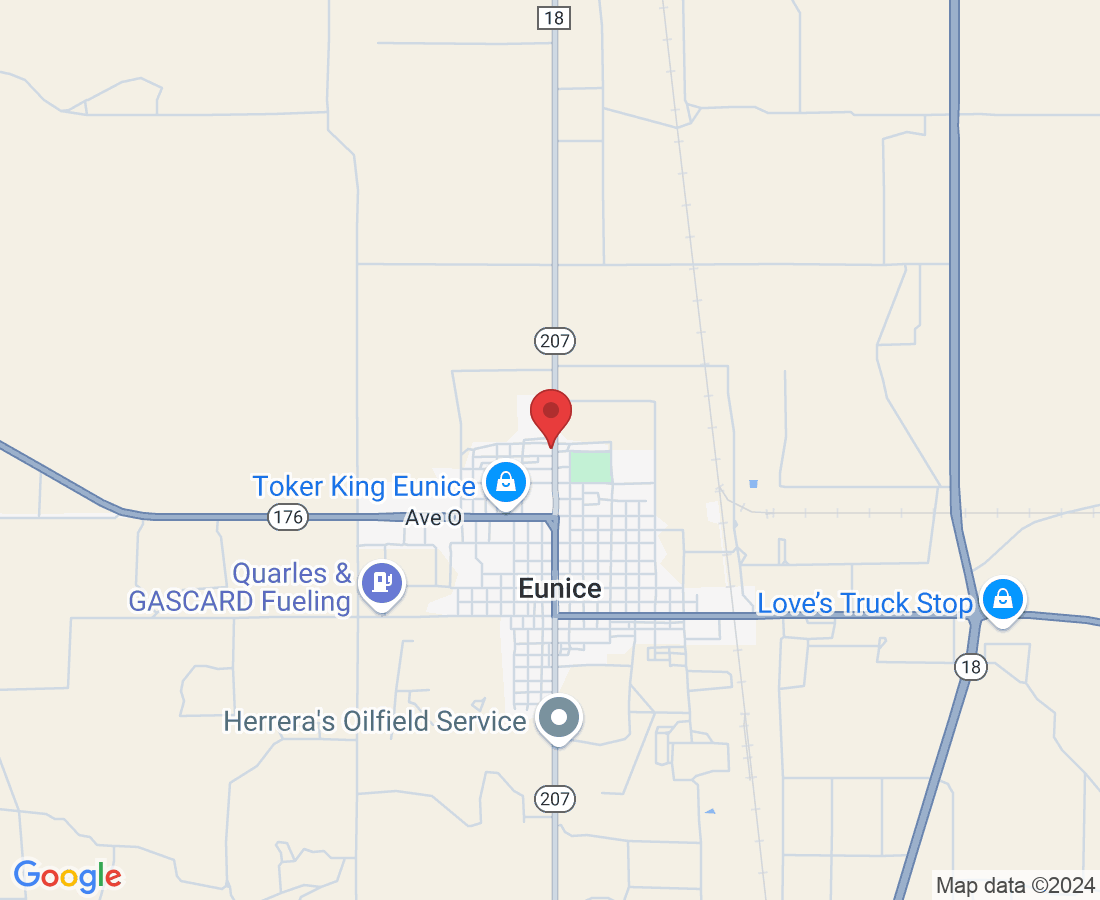
Land Clearing Methods and Best Practices for New Oil and Gas Construction Sites
Land Clearing Methods and Best Practices for New Oil and Gas Construction Sites
In the complicated construction industry, particularly within the oil and gas construction industry, the preparation of a site is an imperative first step that directly impacts the later stages of any project, from pipeline installation to the development of oilfield infrastructure. Land clearing, the process of removing natural and man-made obstacles such as trees, stumps, brush, and even existing structures, is foundational for ensuring that subsequent construction activities can proceed smoothly and safely. This detailed guide explores the various methods and best practices for effective land clearing, tailored specifically to the unique needs of pipeline and oilfield construction projects.
Understanding Land Clearing in Context
Land clearing is not just about making space; it's a strategic activity that prepares a site for specific types of construction such as dirt construction, pad construction, and the installation of infrastructure like compressor stations and drilling rigs. For sectors such as pipeline construction and oilfield development, where the terrain and environmental considerations play significant roles, the method of land clearing chosen can significantly impact the project's overall success and efficiency.
Comprehensive Land Clearing Techniques
Each land clearing method has its applications, advantages, and considerations. Choosing the right approach depends on several factors including the size of the area, the nature of the vegetation and obstacles, environmental regulations, and the project’s timeline and budget.
Mechanical Clearing:
Tools and Machinery: This involves heavy machinery such as bulldozers, excavators, and tree shears. Mechanical clearing is swift and effective for large areas where quick clearance is necessary.
Applications: It is ideal for projects requiring extensive space such as pipeline routes and large-scale oilfield developments.
Environmental Impact: While fast, it can significantly disturb the soil and local ecosystems, requiring careful management and rehabilitation post-clearing.
Manual Clearing:
Techniques: Utilizing hand tools like chainsaws and axes, manual clearing is labor-intensive but allows for precision and minimal disturbance, preserving desired vegetation and preventing unnecessary damage.
Best Suited For: Smaller areas or in environmentally sensitive zones where preserving the natural habitat is crucial.
Chemical Clearing:
Usage: The application of herbicides to kill unwanted vegetation. This method is less common due to potential environmental impacts but may be considered where other methods are impractical.
Control Measures: Strict adherence to environmental guidelines and regulations is necessary when employing chemical clearing to mitigate potential negative impacts on the ecosystem.
Controlled Burning:
Implementation: Also known as prescribed burning, this method involves controlled fires set under strict conditions to clear land quickly.
Regulatory Compliance: Controlled burning requires significant planning and coordination with local fire departments and environmental agencies to ensure it is conducted safely and legally.
Best Practices for Effective Land Clearing
Implementing best practices in land clearing not only ensures compliance with regulations but also enhances efficiency and safety. Here are some key practices:
Thorough Planning and Assessment:
Site Surveys: Conduct detailed environmental and topographical surveys to understand the area's specific characteristics and requirements.
Impact Assessment: Evaluate the potential impacts of clearing methods on the environment and local wildlife to choose the most appropriate technique.
Obtaining Necessary Permits:
Regulatory Compliance: Ensure all necessary local, state, and federal permits are obtained before land clearing begins, particularly in regulated industries such as oil and gas.
Technological Integration:
GIS and Drone Technology: Utilize Geographic Information Systems (GIS) and drones for accurate mapping and ongoing monitoring of the clearing process.
Erosion Control Measures:
Strategies: Implement strategies such as silt fences, sediment basins, and contour plowing to prevent soil erosion, particularly in areas with loose or compact soil.
Waste Management and Biomass Utilization:
Recycling Cleared Biomass: Convert cleared vegetation into mulch or biofuel, aligning with sustainability practices and reducing waste.
Continuous Monitoring and Adjustment:
Adaptive Management: Regularly review and adjust clearing practices in response to field conditions and environmental impact assessments.
Integrating Land Clearing with Broader Project Goals
For pipeline and oilfield construction projects, integrating land clearing with broader project planning is essential. Effective integration ensures that subsequent activities such as hydrostatic testing, pipeline repair, and the construction of related infrastructure can proceed without delay. This approach not only saves time and resources but also minimizes the environmental footprint of construction activities.
Conclusion
Effective land clearing is key in setting the stage for successful projects in the oil and gas construction industry. By selecting appropriate clearing methods and adhering to best practices, companies can ensure that their projects are not only compliant with environmental standards but also optimized for efficiency and safety. As the industry continues to evolve, so too will the techniques and technologies for land clearing, further enhancing the capacity to undertake complex construction projects with minimal environmental impact and maximal operational efficiency.
About Us
Xccelerated Construction Unlimited (XCU) started in January 2016, dedicated to top-quality pipeline construction in the U.S. XCU's founders, Mark and Kayla Bird, fueled its growth, expanding from 5 to over 250 professionals. XCU's journey is marked by excellence, innovation, partnerships, safety, and sustainability, shaping them into a respected and valued construction entity throughout the industry.



